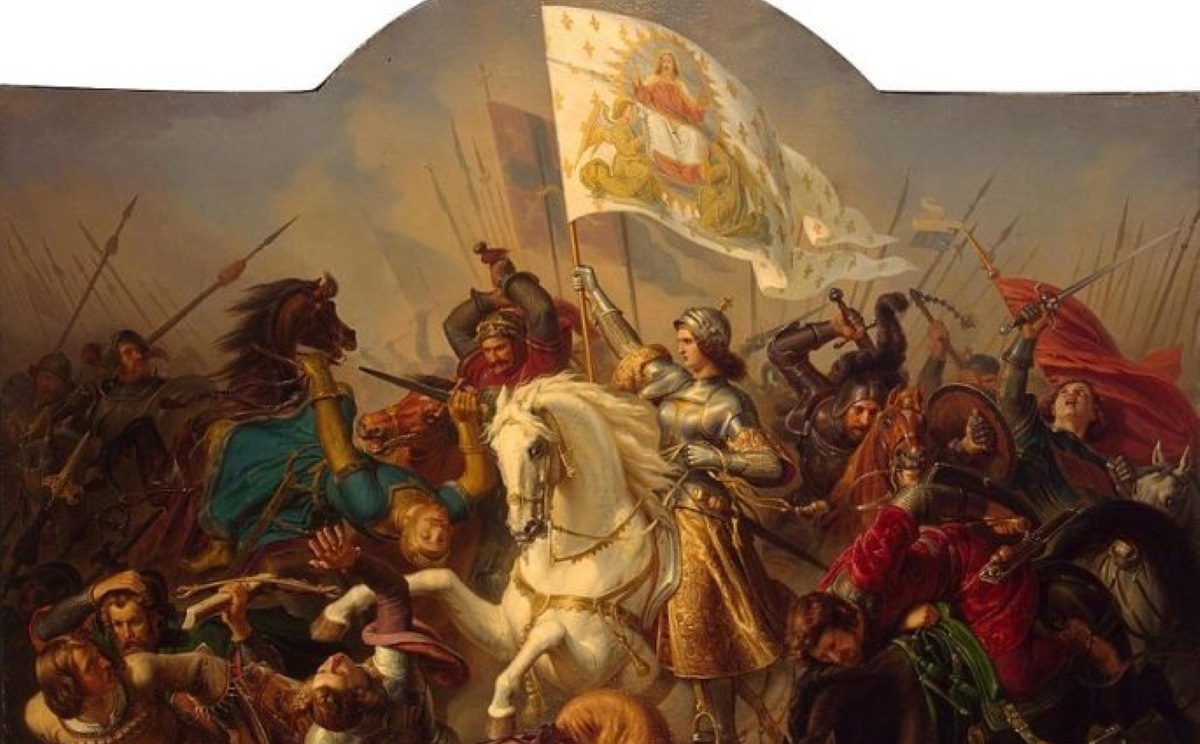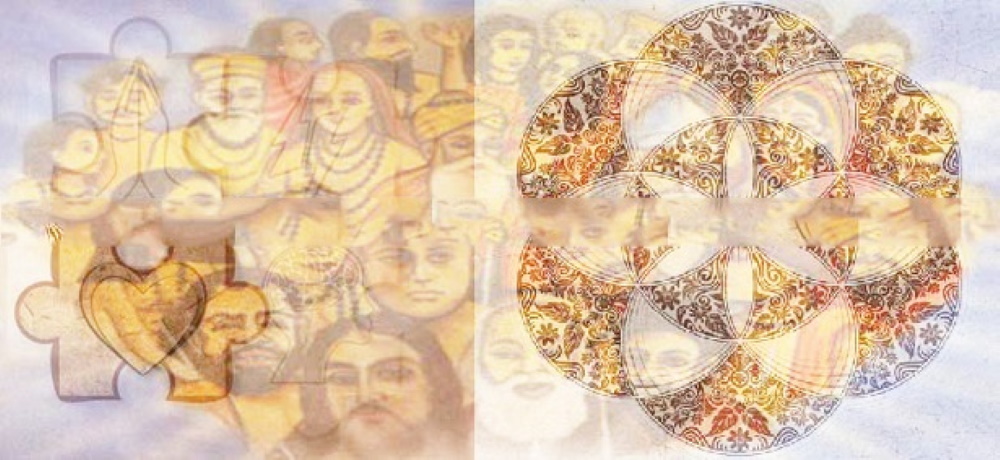Mother Nature. Weather happens all the time, and usually we don’t even notice it unless it’s a major inconvenience. That’s a shame because Mother Nature sometimes throws us a major curveball. That’s when things get really cool.
The Locust Plague Of 1874
Imagine being a farmer in the American Midwest in the summer of 1874. You have a lot to worry about, and you’re about to have even more. You look up into the sky on one hot, dry July morning, and you see a black cloud approaching your farm. But it’s not smoke, it’s a cloud of locusts.
How many locusts were there? Estimates vary from 124 billion up to 12.5 trillion, but why bother counting at that point? They ate their way across the Midwest, cutting a swath 110 miles wide and 1,800 miles long. That summer was hot and dry, perfect for locusts. Prairie plants that adapted to drought conditions by building up a concentration of sugars, were loved the locusts. They ate, they multiplied, and they ate some more.
As the locusts formed a terrifying plague, documented by the Nebraska State Historical Society, whole families starved to death as the hungry little monsters caused a ridiculous amount of damage to the farming industry. The greedy insects ate wooden tools, leather saddles, and even clothes that were still being worn.
Chickens devoured the locusts, but this turned their eggs and meat oily and downright nasty. Dead bugs and bug poop coated everything with what looked like an oil slick, and many families fled the Midwest. Then what happened? The Rocky Mountain grasshopper went extinct around the turn of the century, which is certainly a huge relief to anyone currently living in the center of the nation.
1816: The Year That Summer Didn’t Come
In April 1815, Mount Tambora in Indonesia erupted with a massive explosion that sent clouds of volcanic ash into the atmosphere. Much of the northern hemisphere was covered with a shroud of dirt and dust that refused to settle. In June of 1816 it became clear that something was very wrong. The cold weather of the winter months just … didn’t end.
Frost killed crops, rain and snow persisted throughout the summer months. It was the Year Without a Summer, and with snow in June came starvation, food riots, the destruction of entire communities, rising food costs, an increase in crime. While cold seized the northern hemisphere, monsoons ravaged the southern hemisphere, spawning cholera epidemics and killing tens of thousands of people.
Ireland saw its worst year of famine, and even more bizarre, China was forced to abandon growing rice for the summer and instead plant the more profitable poppy, fueling what would become the opium trade, according to The Guardian.
Strangely, in the face of all that devastation, other things happened. The Center for Science Education links the rising costs of keeping horses to the development of the bicycle as a mode of transportation you didn’t have to feed. And The Guardian collected a whole list of brilliant artistic achievements written in the gloomy, sunless summer, including Mary Shelley’s Frankenstein. At least we got some good art out of the whole mess.
The Night Of The Big Wind: 6 January 1839
Winters in Ireland are always a little dodgy as far as winds go, but on January 6, 1839, the worst storm in recorded history hit — and it was a doozy. The entire country was hit by wind speeds up to 115 mph, and when dawn came, the sun rose on a devastated landscape. The Irish meteorological service, MET Eireann, collected some of the most chilling eyewitness accounts of the night. Here are the highlights.
A quarter of Dublin’s buildings were damaged, and it was described as a ‘sacked city’. Fires spread across County Longford, with winds picking up fires and dropping them from the sky over the rest of the countryside. Fields were stripped, and hundreds of thousands of trees fell. Tales say that water and fish were picked up and hurled miles across the countryside, that salt from the ocean doused fields in the center of the country.
The Dublin Evening Post reported a red aurora borealis over the city, but it’s thought the reporter mistook fires in the sky for the Northern Lights. It’s probably a good thing they were confused; – ‘the sky is raining fire upon you’ feels decidedly more apocalyptic.
Black Sunday: 14 April 1935
You’ve probably heard Midwestern America was called The Dust Bowl. The National Weather Service says that name was born in the wake of a storm that swept across the prairie on April 14, 1935. It started in Oklahoma and Texas at around 4 p.m., and those who saw it said a wall of blackness moved across the plain. That black cloud was just dirt swept along by 60 mph winds, and those winds brought the kind of darkness that prevents you from seeing your hand in front of your face.
Accounts from the time claim the sun disappeared for hours, and some small animals like birds and mice even died. One man reportedly went blind, and many believed it was the end of times. There had been dozens of dust storms in the years leading up to this moment, but none had been as severe as this. Dirt and dust filled the air in a storm that was hundreds of miles wide and stretched thousands of feet in the air, and as people sought shelter and hoped they would see the sun rise, Woody Guthrie wrote, “So Long, It’s Been Good to Know Yuh.”
It started because of a series of events that shows just how damaging mankind can be. Farming is pretty hard without water, but farmers thought working the land would bring rains: “rain follows the plow,” they said. It was true (by sheer coincidence) for a little while, but when drought hit in 1931, profitable farms grew nothing but dust.
Satan’s Storm: 15 June 1960
Texas is an ungodly kind of hot in June anyway, but on June 15, 1960, the good people of Kopperl became convinced that God had gone on vacation and that Satan came to town in the meantime. According to weather historian Bill Murray (yes, that’s really his name; no, not the Bill Murray you’re thinking of) it was a usual early morning with the temperature hovering around 70 degrees Fahrenheit.
There were a few clouds and a bit of heat lightning, but it wasn’t unpleasant — until, that is, the temperature skyrocketed. Within minutes, it reached more than 100 and some people even claimed their thermometers burst when they couldn’t register the extreme temperature change fast enough.
Power failed, and some people awoke thinking their houses were on fire. Temperatures soared — unofficially to around 140 degrees, according to the National Weather Service — and stayed there for three hours. When it finally dropped, Kopperl farmers found that some cattle hadn’t survived the intense heat.
Worse, corn was seemingly cooked on the stalk and whole fields of cotton had withered and died. No one knew what it was at the time, but today, we call it a heatburst. When air, that’s risen during a thunderstorm, is pushed back down to Earth. It’s compressed and superheated.
Usually, the temperature at ground level only rises by 20 degrees or so, but Kopperl’s 70-degree temperature change is an extreme case that’s still called Satan’s Storm — for good reason.
Author Profile
Latest entries
 History20/07/2020The Most Bizarre Things That Was Found In Ice
History20/07/2020The Most Bizarre Things That Was Found In Ice History20/07/2020The Maid of Orléans : How Joan of Arc defeated the English
History20/07/2020The Maid of Orléans : How Joan of Arc defeated the English History03/07/2020Religious Cults That Changed The Course Of History
History03/07/2020Religious Cults That Changed The Course Of History History22/04/2020World War II Stories: Nazis Killed Her Husband, She Bought A Tank And Went On A Rampage
History22/04/2020World War II Stories: Nazis Killed Her Husband, She Bought A Tank And Went On A Rampage





